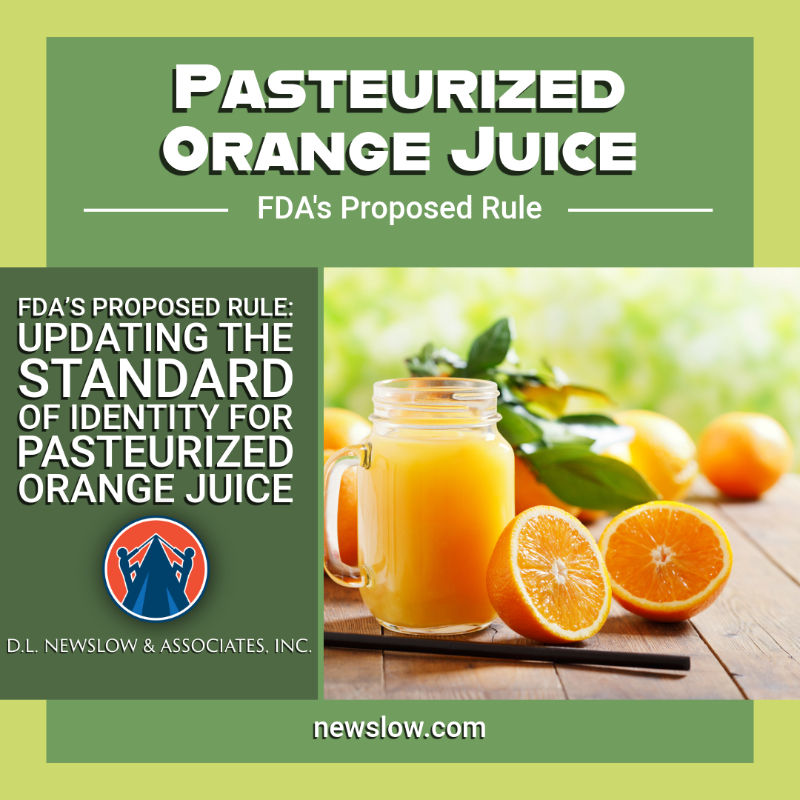Titanium Dioxide in Food: A Closer Look at the White Behind the Bright
- M. DuBose

- Aug 26
- 2 min read

Titanium Dioxide (TiO₂) may not be a household name, but it’s likely in your pantry.
This synthetic white pigment is widely used in food products to enhance visual appeal, think the bright white of powdered donuts or the glossy coating on candies. But as consumer awareness grows and regulatory landscapes shift, TiO₂ is facing increased scrutiny.
What Is Titanium Dioxide and Why Is It Used? TiO₂ is a naturally occurring compound refined into a pure, white powder. In food, it functions primarily as a color additive, regulated by the FDA under 21 CFR 73.575. It’s permitted in concentrations up to 1% by weight and is commonly found in: baked goods (e.g., icing, fillings), candies (e.g., M&Ms, Skittles), chewing gum, dairy products, and sauces and dressings.
Its appeal lies in its ability to brighten whites, improve opacity, and standardize appearance across batches, especially important for consumer-facing brands.
The Pros of Using TiO₂ in Food
Visual Consistency: Enhances product uniformity and shelf appeal.
Stability: Resistant to heat, light, and pH changes, ideal for processed foods.
Cost-Effective: Cheaper than natural alternatives like calcium carbonate or rice starch.
Regulatory Approval: Still considered safe by the FDA, with no conclusive evidence of general toxicity or reproductive harm.
The Cons and Controversies
Despite its widespread use, TiO₂ is under increasing scrutiny:
Health Concerns: Emerging studies suggest potential links to oxidative stress, inflammation, and organ damage.
EU Ban: In 2022, the European Union banned TiO₂ in food, citing insufficient safety data to rule out genotoxicity.
Consumer Pushback: Brands like Mars have announced plans to phase out synthetic dyes, including TiO₂, in response to public concern.
Regulatory Uncertainty: A petition filed in April 2023 urges the FDA to revoke its approval, triggering ongoing review.
As of now, the FDA’s current position (2025) is to continue to permit the use of titanium
dioxide as a food color additive. The agency maintains that existing safety studies do not demonstrate significant risks, and it has not found evidence of general toxicity or reproductive harm. However, the FDA is actively reviewing new scientific data and public comments, including the 2023 petition requesting a repeal of its approval.

This places TiO₂ in a regulatory gray zone, legal but under review, with potential changes on the horizon.
What Should Food Safety Professionals Consider?
For manufacturers and quality teams, the debate around TiO₂ is more than regulatory—it’s reputational. Transparency, proactive reformulation, and consumer education are key. Consider:
Reviewing product labels and supplier specifications
Exploring natural alternatives for whitening and opacity
Monitoring FDA updates and public sentiment
Engaging with consumers through clear, science-based messaging
Titanium Dioxide sits at the intersection of aesthetics, safety, and trust. While it remains legal in the U.S., its future in food is uncertain. For food safety leaders, now is the time to evaluate its role in your products and prepare for potential shifts in policy and public perception.




Comments